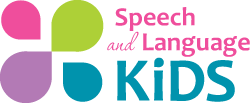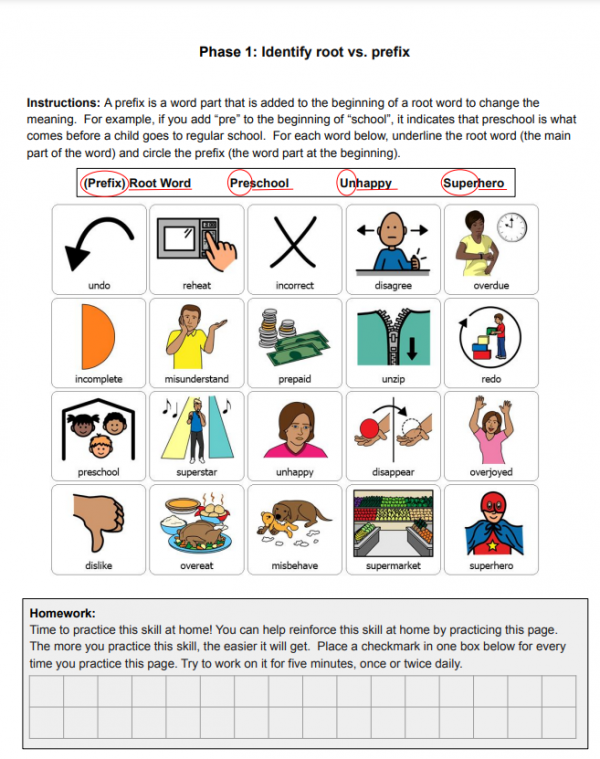EET Speech Therapy | How to Use the Expanding Expressions Tool
Have one of these? 👇

On this page, we’ll share with you our favorite strategies for using the Expanding Expressions Tool (EET) in speech therapy to boost vocabulary skills.
How to Use the EET in Speech Therapy:
In this video, speech-language pathologist Carrie Clark discusses the EET tool (expanding expressions tool) and how it can be used in speech therapy.
Product Page for the EET:
http://www.expandingexpression.com/thekit.html
Great Explanation of the EET:
http://consonantlyspeaking.com/posts/2012/08/abcs-4-slps-e-is-for-expanding-expression-tool-eet
Things to Use it For:
- conversational skills (expanding a topic)
- writing (expanding a sentence or paragraph)
- receptive vocabulary (knowledge about an object)
- expressive language (stating or writing information about an object)
- develop the writing further into flowing paragraphs or speech once you have all of the information compiled
- compare/contrast two different objects, concepts, topics, people
What our Members are Saying about the EET in Speech Therapy:
We’ve had some great conversations happening inside SLK Curriculum about the EET as well! Check out what our awesome community has to say about how they’re using the tool:
- I had some students to help me make a rap song. Green is for group.. blue- what does it do etc They loved it!
- There is actually a song that someone created on youtube. Here is the link. I don’t know if it’s the original person who developed the song, but she is using it as well. https://youtu.be/UOyv2bZ3jwc
- As far as run, I wish I was the “fun” therapist. lol I’m not that creative, but I do know the kids like making their own EET out of construction paper. If you have a bulletin board, you could have them help create the board. Some therapists create a caterpillar from the icons with the head being the green circle with eyes, antennae. In my school, the previous speech therapist had named the strand “Squirmy Worm” as opposed to calling it the EET. So that is what we have always called it. I think it’s easier for them to remember to use “Squirmy Worm” rather than the EET.
- We also practice each “bead” separately to make sure they understand the concept, so we may play a game with category cards or category questions (green group). Then we may play game with object function questions (blue-do).
A Great Idea for Improving Verbal Expression:
A lot of people use this for writing. It’s great for that because it gives the students a place to start and a consistent framework to follow. I also use it for but for improving verbal expression using sentence frames to help them formulate a good definitions (A _________ is a ___________ that __________). I also use it as a method for learning new vocabulary words (like semantic mapping). For kids that understand the tool, you could write a paragraph on the board and give each student a colored circle and have them go up to the board and put their icon (green circle, blue circle, etc. next to the sentence on the board that represents that concept. I’ve also taken an article and have the students identify category, function, parts, etc. by drawing a green circle or blue circle etc. on the sentence or in the margin where that feature is mentioned. You could also have them underline sentences that mention each concept using markers, colored pencils, or crayons.

About the Author: Carrie Clark, MA CCC-SLP
Hi, I’m Carrie! I’m a speech-language pathologist from Columbia, Missouri, USA. I’ve worked with children and teenagers of all ages in schools, preschools, and even my own private practice. I love digging through the research on speech and language topics and breaking it down into step-by-step plans for my followers.
Connect with Me:




A really useful video, thanks for creating this Carrie. Great job! FYI…I had to watch it on YouTube because it was easier to see.
Ok, thanks for the feedback!!